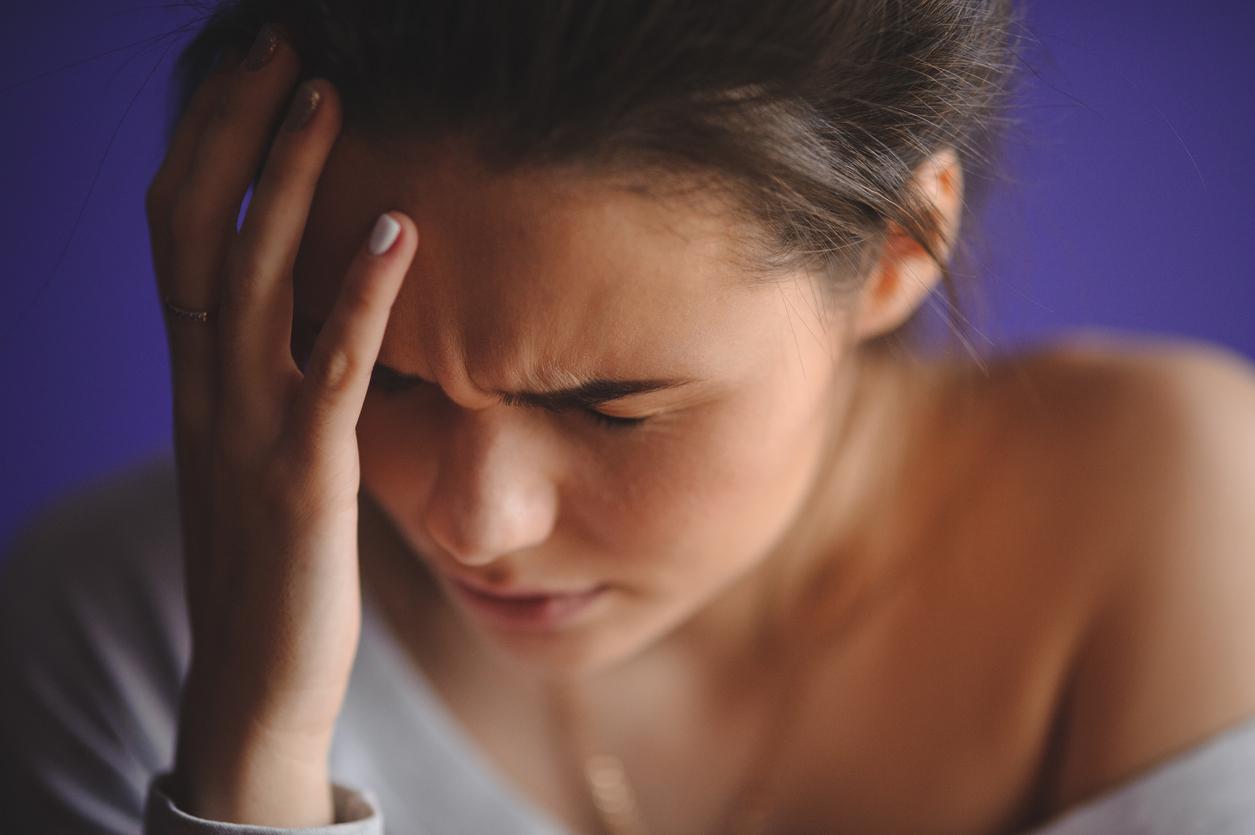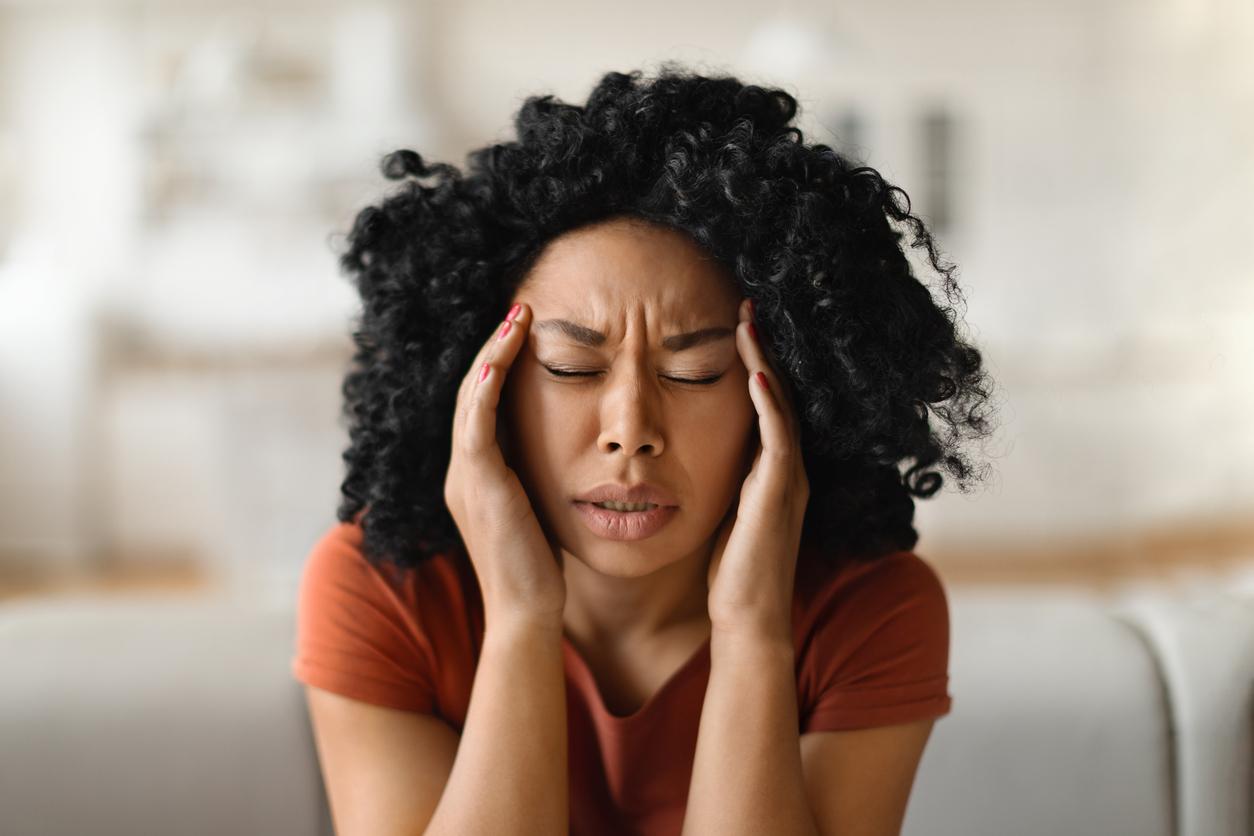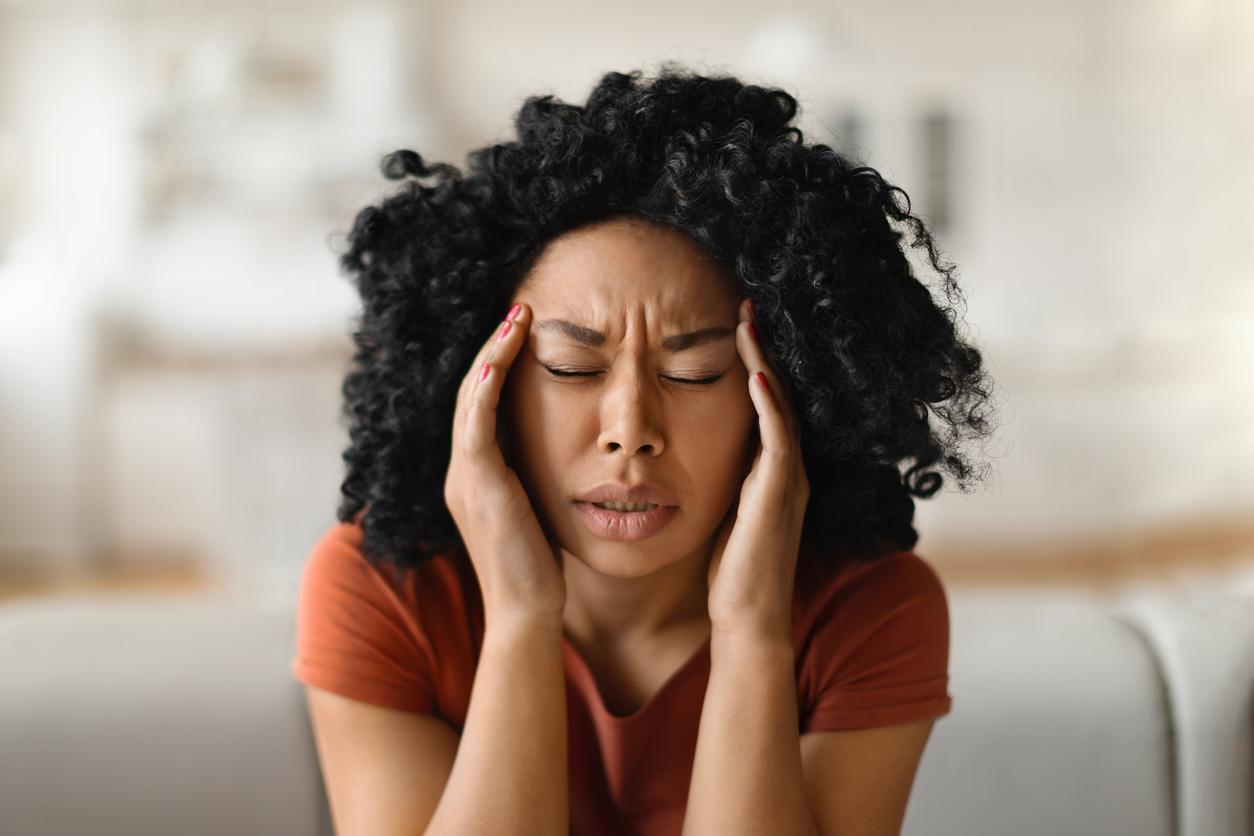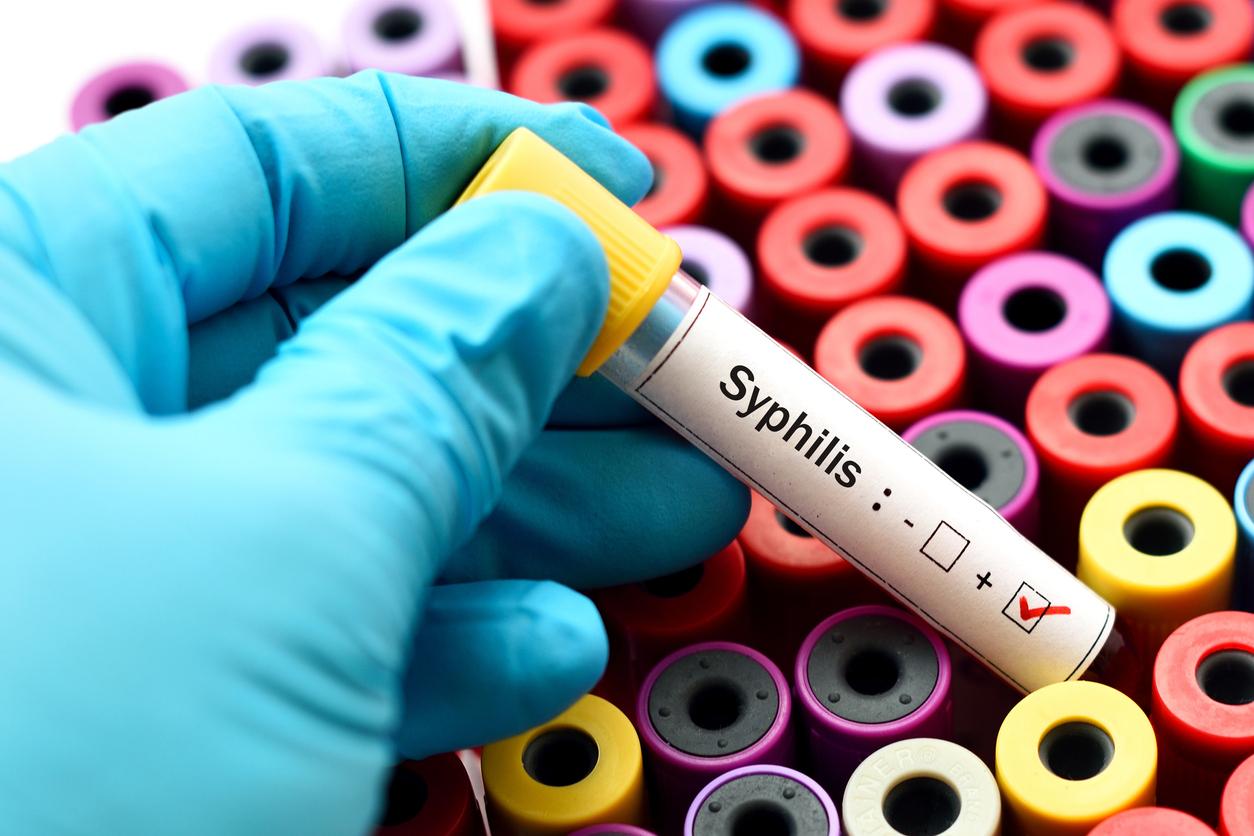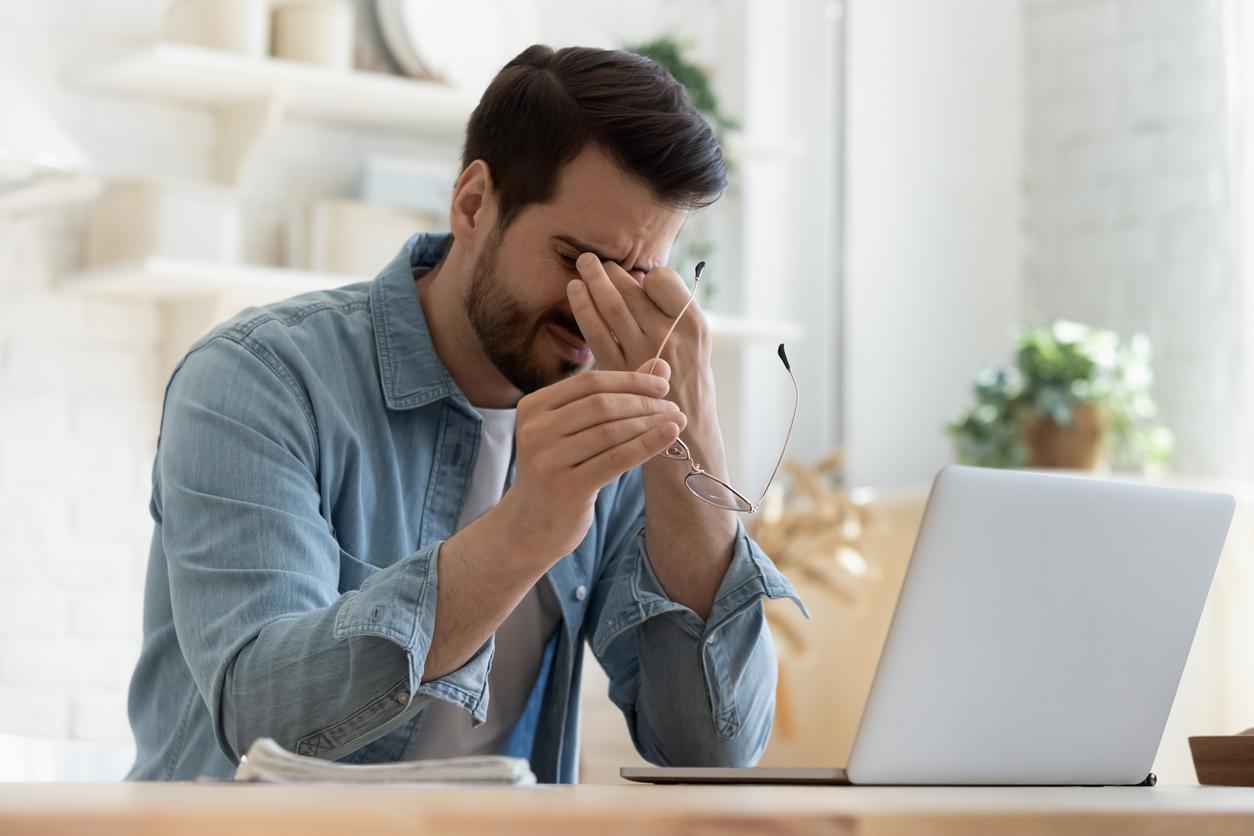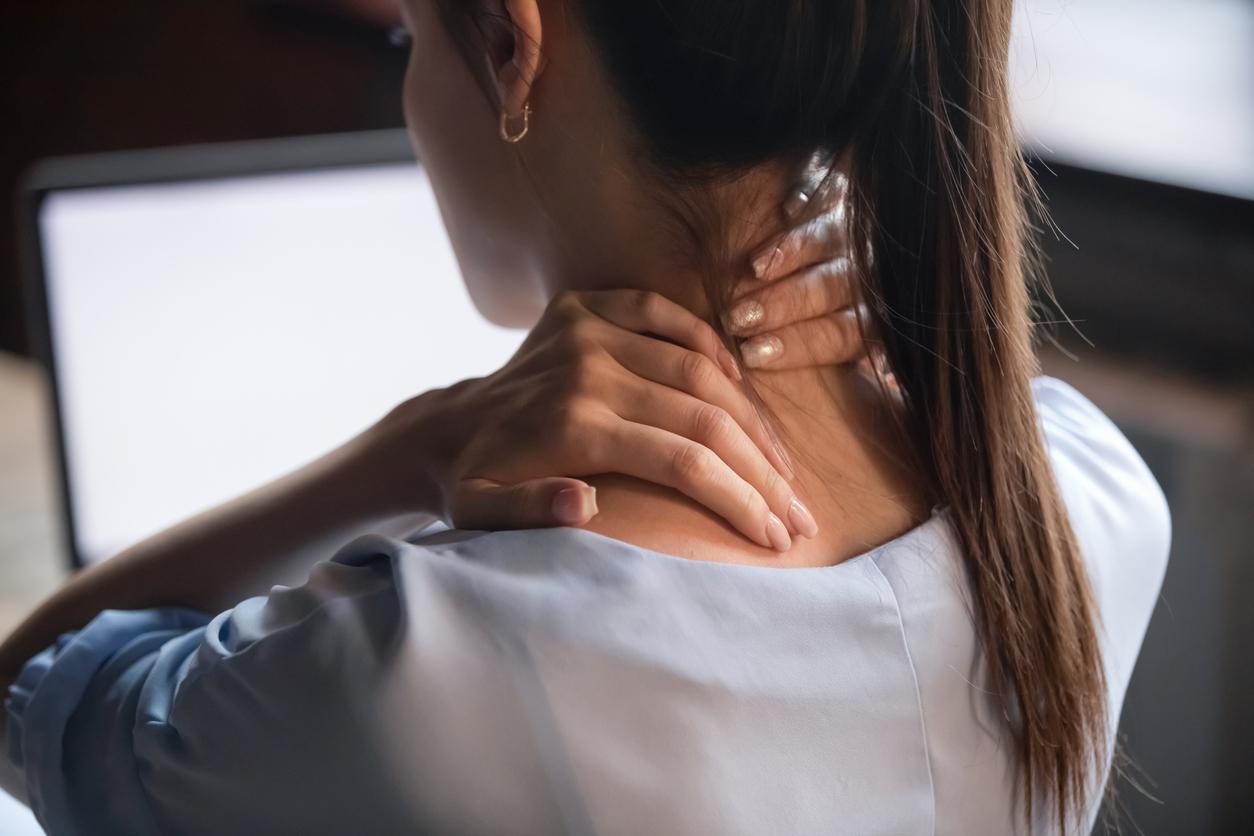
Tension headache, migraine, cluster headache, or medication-induced headache
One headache is not the other. So what works for your neighbor may not work for you. Read what kind of headache you have and find out how to deal with it.
Headaches are the most common pain. It is estimated that 90 to 95 percent of people have it at some point. The cause is not always clear. Sometimes stress or tension play a role. It can be caused by straining the eyes, smoking, toothache, cold, heat, odors or ear infections. And bad posture, a stiff neck, lack of sleep, hunger or lack of fluids can also give you a headache.
Sensitive
In addition, some people are sensitive to substances that are put in our food, such as the sweetener aspartame, sodium glutamate (in Chinese dishes), nitrite (in meat) or phenylethylamine (in chocolate).
Ordinary headaches are not serious and are not an indication that you are (seriously) ill. A good night’s sleep, the necessary relaxation, a massage, a warm bath or some fresh air usually relieve the pain on its own.
Different types of
Doctors distinguish between four types of headaches: tension headaches, migraines, cluster headaches and medication-induced headaches.
tension headache
Tension headaches are usually on both sides of your head. It’s like there’s a tight band around it. The headache is throbbing instead of stabbing. It is a dull, pressing pain in the scalp that can sometimes be accompanied by nausea. The pain worsens with exertion.
Tension headaches can be caused by bad posture, anxiety, stress, lack of sleep or cold. The pain can go away after half an hour, but it can also last for a few days. Tension headaches can be accompanied by muscle pain. The cause is often a wrong posture or working too long and strenuous, causing your muscle bundles to cramp.
Tips for tension headaches:
- Try to ease the pain with a neck and shoulder massage.
- Use as little fat and protein as possible in the form of meat, fish and dairy products. This can also cause headaches.
- Do yoga and relaxation exercises.
- Maintain good posture.
Migraine
Hundreds of thousands of people in the Netherlands suffer from migraines. In general, women are more affected than men. It involves a throbbing pain on one side of your head that can last from a few hours to several days.
Often there is a sensitivity to light and movement can make the pain worse. Most people prefer to lie in a dark place during a migraine attack. The exact cause of migraines is still unknown. It is now clear that a migraine attack has to do with a widening of the blood vessels in your brain.
We also know that there are certain substances and factors that increase the risk of a migraine attack. Stress, menstruation, weather changes and an irregular lifestyle are examples of this. It is also better not to overindulge yourself with too much cheese, chocolate, alcohol or citrus fruits.
Five phases
Migraines usually consist of five phases. The first phase begins several hours before the attack. The following may occur: mood swings, tiredness, diarrhea or constipation, extreme cold or sometimes a stiff neck. The second phase, the aura, lasts up to an hour. You can recognize it by disturbances in your visual field, numbness and tingling. An aura occurs in about a third of all migraine patients.
In the third phase, the headache strikes. Nausea and sensitivity to light may then occur. In the fourth stage, the pain gradually disappears. Many people fall asleep during this phase. The headache may be gone when they wake up.
During the last phase, the headache has disappeared. Many patients feel extremely tired. Problems concentrating, fatigue and sore muscles can also occur. But a small percentage actually feel good and energetic.
There are medicines for migraines, but there is no cure. It is also not dangerous. From a physical point of view, you will have nothing left of it, although some people who suffer from it can suffer from psychological complaints.
In case of severe headaches, it is advisable to consult a doctor. This can determine whether there is a migraine or something else. You will often be asked to keep a ‘headache diary’.
Tips for migraines:
- Live and eat regularly.
- Try to avoid tension.
- Avoid as much as possible the substances that can trigger a migraine attack.
- Treat the migraine with a combination of a simple pain reliever and an anti-emetic.
- Migraines can also be treated with vasoconstrictors. These can only be obtained with a prescription and must be used strictly according to the instructions.
- Consult a doctor if you have regular attacks.
Cluster headache
This is an excruciating headache that usually occurs in groups. Hence the name. Cluster headaches usually come on at night and can strike anywhere from every other day to eight times a day. Most patients complain of one to four headaches per cluster series. The headache can last from 15 minutes to six hours. Between the ‘clusters’ there are headache-free periods that last for days or years.
It is estimated that less than one in ten people suffer from cluster headaches. Unlike other types of headaches, men seem to suffer from them more often than women.
The pain of cluster headaches is described as one of the most severe and intense of all types of headaches. As with migraine, it is a vascular headache, and as with migraine, the pain is often concentrated behind one eye.
Histamine may play a role in cluster headaches. Unfortunately, antihistamine drugs have not yet been proven to be an effective treatment.
Medication-induced headache
Excessive use of medicines can also lead to headaches. This applies, for example, to various painkillers, but also to some medicines for headaches (ergotamines) or migraines (triptans). If you don’t realize this, the problem will obviously get worse. You will take more and more medicines for the headache, even though they are the cause.
Usually it is a mild pain on both sides of the head, which someone suffers from almost every day. Sometimes the pain is accompanied by nausea.
The solution is simple: stop (excessive) swallowing. The complaints usually get worse at first, but those who manage to persevere will feel a lot better within a few weeks.









